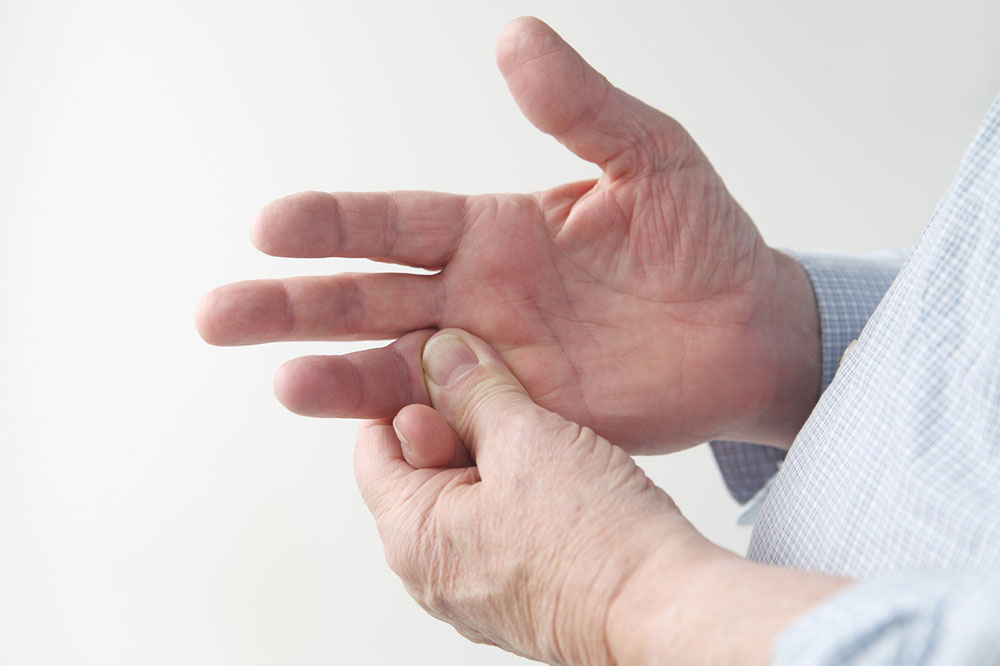6 common window and door maintenance mistakes to avoid

Maintaining doors and windows should be a routine built into a household’s cleaning plan. With moving parts and constant usage, they bear more brunt than one supposes. As such, they need to be strong, in perfect working conditions, and maintained in a way that extends their life span to the maximum. Here are six common door and window maintenance mistakes that should be avoided to prevent serious problems down the line:
1. Ignoring regular cleaning and maintenance
In routine household cleaning and maintenance, door and window repair can sometimes get overlooked. Wiping them down or cleaning the windowpanes regularly, while a good practice, is not enough. Grease, debris, and dirt tend to accumulate in the corners and tracks and can lead to difficulty in smoothly opening and closing the doors and windows. Locking mechanisms, hinges, and rollers, if not lubricated, can wear out faster and make them more challenging to use. A silicone-based lubricant is ideal to keep the moving parts working smoothly. When cleaning wooden doors and window frames, use a soft, non-abrasive cloth with very little warm water. Avoid using too much water to prevent the wood from rotting. For aluminum parts, mild detergent and water can be used.
2. Not sealing gaps and cracks
If ignored, small gaps and cracks in windows and doors can lead to wood warping and swelling and becoming susceptible to mold and rot over time. Regularly check for gaps and cracks and seal them with weatherstripping, sealant, or caulking. This makes the windows and doors more energy efficient and protects them from rain, sun, and cold weather. Caulk or sealant should be reapplied as soon as gaps are detected or if the previous layer has deteriorated to prevent them from getting any bigger and causing damage to the structure.
3. Using unnecessary force
Slamming doors and windows and running them roughshod can damage the frames and weaken the structure. Avoid prying them open or letting them freely swing shut to extend their life span. Don’t use excessive force if one has difficulty opening or closing them. Instead, check for debris or obstructions in the tracks or hinges.
4. Using harsh cleaning agents
Cleaning products unsuitable for doors and windows can corrode, stain, discolor, or damage them over time. Harsh cleaning solutions and abrasive sponges should be avoided. Instead, mild detergents, microfiber clothes, and lint-free towels should be used for cleaning doors and windows.
5. DIY-ing repairs
Sometimes, issues can seem minor and fixable without professional help. However, DIYing can be a mistake if one knows little about window and door maintenance. There’s only so much a how-to video can do. If one does not know the underlying reason for the issue, like why a stuck window or a lock won’t budge, trying to fix it by oneself can damage the window or door and cost way more than a simple repair by a professional.
6. Using cheap materials for repairs
When repairing doors or windows, it’s imperative to use quality materials, or at least those matching the original structure. Using low-quality, subpar, or cheap materials when repairing can cost one more in the long run, as they will require more maintenance sessions or frequent replacement. Repairing doors and windows using materials of similar quality as the original will ensure the repairs are sturdy, will hold for a long time, and won’t tear away easily from the main structure, causing further damage.







